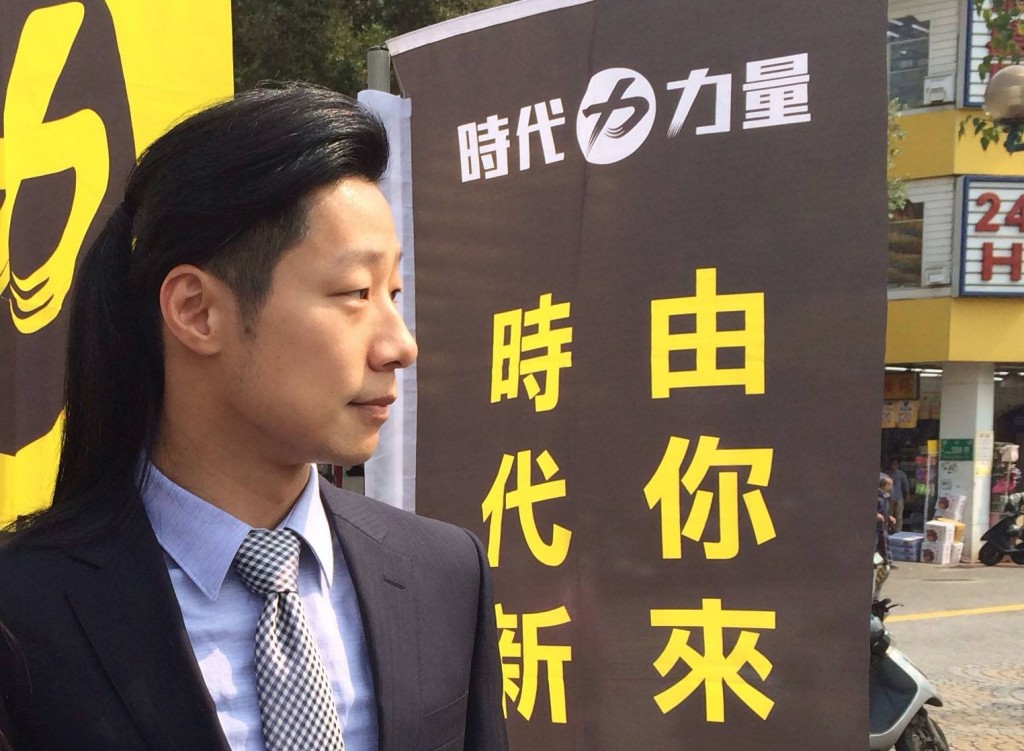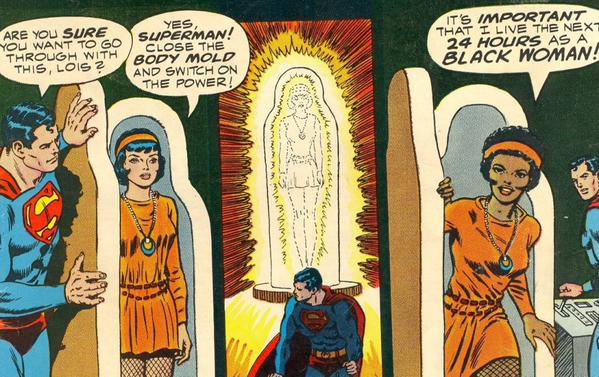Anthrodendum welcomes guest blogger Bianca C. Williams.
Sunday night, October 15, I watched women across my social media timeline bravely and vulnerably share their stories of sexual assault and sexual harassment as part of the collective conversation tagged #MeToo. I contributed my own #MeToo post after reading the initial three shares by friends, writing that I did not think I knew a woman who had not experienced some form of sexualized violence. Within two hours, hundreds of my friends, colleagues, and former students had added their voices to the orchestra of rage, sadness, disappointment, indignation, frustration, and stoic resolve accompanying #MeToo. I experienced it like it was an atmosphere-piercing, discursive crescendo. As a Black feminist anthropologist who studies, teaches, and experiences the intricate ways patriarchy, misogyny, and misogynoir shape our educational institutions and lives, you would think I wouldn’t have been surprised by the sheer vastness of the stories this hashtag brought to the digital surface. But I was. And I simultaneously wasn’t. I knew the boundless reach of sexualized violence, and yet seeing its pervasiveness in the most-heartbreaking narratives of those in my communities made it more real. And then to see a few men in my timeline express shock, disbelief, and dismissive sentiments—as if they haven’t been listening to us for decades, generations—made me angry. However, it was the silence from the majority that made me livid. But isn’t silence part of how oppression works?
I went to sleep. And then I woke in the middle of the night in a fright, uncomfortable with my post so clearly being visible online. Initially, I posted my #MeToo in solidarity with my sistas and sibs who wanted to share their stories, and to support those in community who were hesitant because they thought they were the only ones. But as I thought about the stories of rape and sexual assault of those closest to me, I wondered if my “tame” encounters with sexualized violence even counted in comparison to theirs. I took my post down, giving myself permission to be unsure and unresolved. I’m usually pretty transparent, even in a profession that values obscurity and inaccessibility as intellect. I attempt to practice radical honesty in discussions, writing, and teaching, believing that narrative as truth-telling is a form of resistance. But for the first time in a while, leaning into the truth didn’t feel right. Not yet.[1] All I could do was lay there in my bed, wondering if the experiences of unwelcome attention; touching; uncomfortable conversations filled with sexual innuendo were enough to validate my public #MeToo. That might seem foolish, but again, isn’t this how oppression works? Isn’t it a force that would ask one to quantify and qualify one’s pain, wondering if it is “bad” enough to count as sexual assault?[2]



